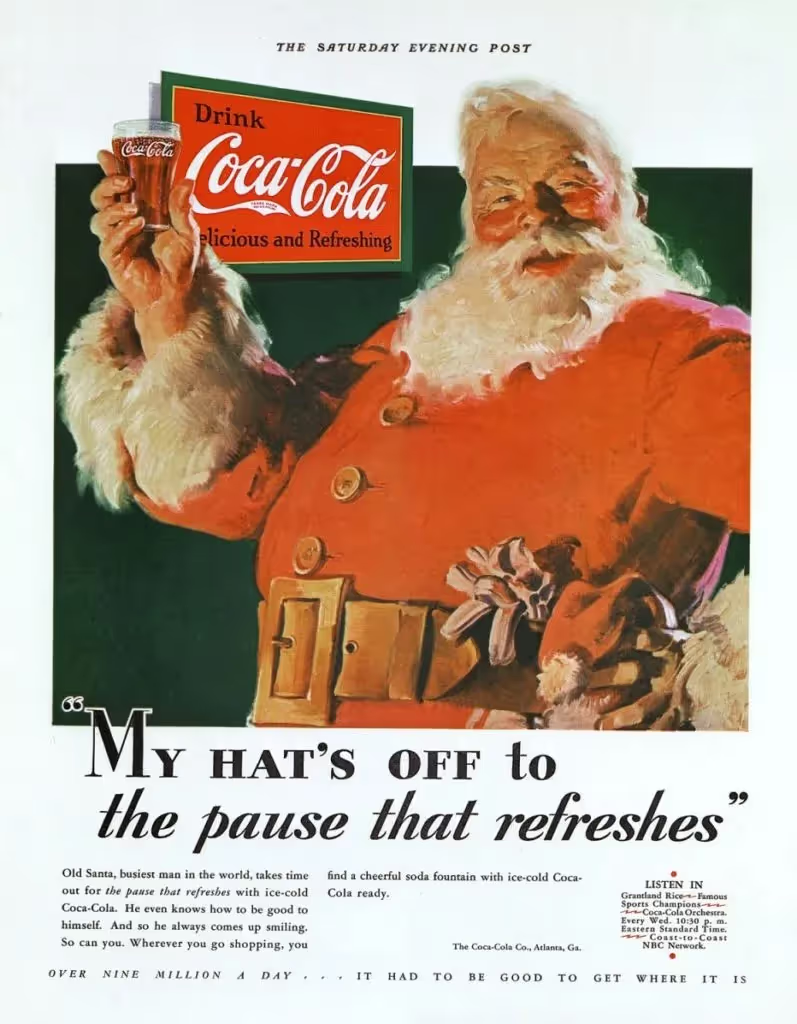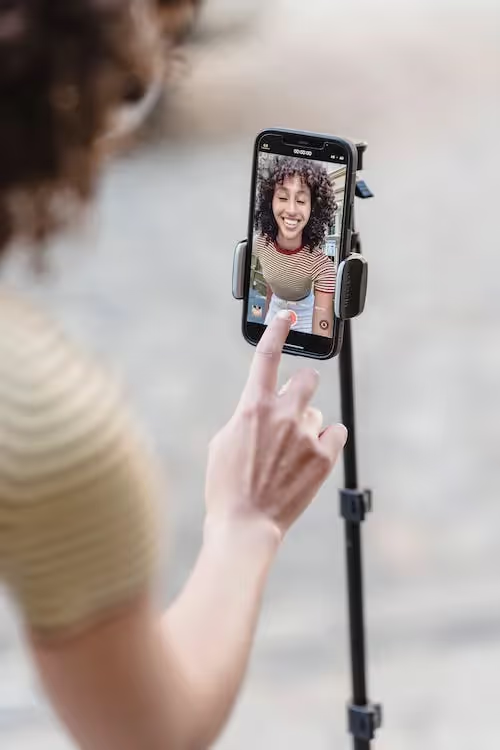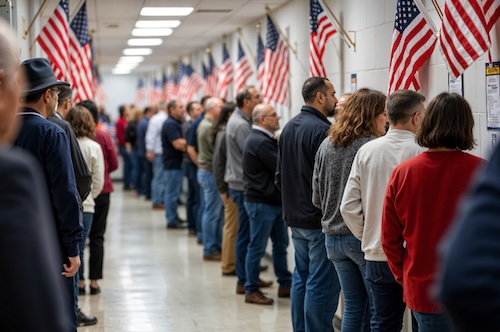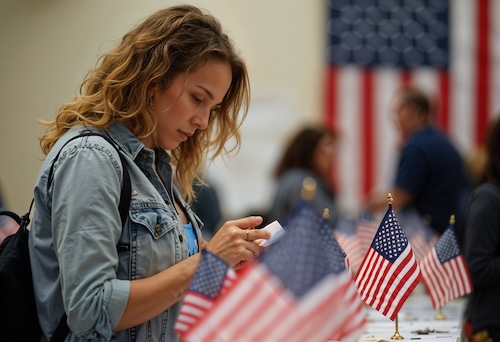When was the last time you bought something because you saw a television or newspaper advertisement?
Well, the advertising space has changed in 5 years. Earlier, TV and newspaper ads were the common media to learn about new products or brands. But, the internet and social media changed the marketing landscape as 5.16 billion people have access to the internet, and 59.4% are social media users. This reflects the instant accessibility and reaches in hands of today’s consumers.
The future landscape shifter is when brands leverage big celebrities' audiences to gain visibility. This approach gave rise to influencer marketing, where individuals like you and me shared content from their day-to-day routine to lifestyle to travel and created a community that brands now crave.
But where did it all begin, and how did we get here? This is what we will explore in this article.
What Is Influencer Marketing?
Influencer marketing is a partnership between a brand and an influencer. The brands work with influencers to achieve multiple objectives, but the biggest one is to leverage influencers' audiences to increase brand visibility. In exchange, brands pay influencers mutually agreed-upon benefits, which are often monetary-based.
But, the influencer marketing we see today has a long history dating back to the early 1800s. Let's dive deep into traditional influencer marketing and see how it has evolved.
Historical Evidence of Influencer Marketing: Early 1750s to 2023
We have combined these centuries based on the most notable difference to give you a complete timeline of early to current influencer marketing efforts:
The 1750s-1900s: Early Instances Of Influencer Campaigns
During the 1800s, the biggest influence came from prominent and well-reputed individuals that brands at that time sought to promote their products.
In the late 1800s, Singer Sewing Machines contacted Elizabeth Keckley, a well-known African American dressmaker and fashion designer, to promote their machines. Elizabeth's had a huge and reputed client base at that time, which helped Singer become a household name in sewing machines which exists even today.

Later during the late 19th century, huge influencers became more prominent in the fashion industry. Queen Victoria was known for her conservative style and love of fine jewelry. Her clothing and jewelry style became a luxury symbol vendors used to advertise their products.

during the late 19th century, huge influencers became more prominent in the fashion industry. Queen Victoria was known for her conservative style and love of fine jewelry. Her clothing and jewelry style became a luxury symbol vendors used to advertise their products.
The 1900s-1990s: The Era of Mass Media
Radio and print advertising dominated this era with visually compelling advertisements and brand fighting to catch their audience's attention.
One most loved example was when Coca-Cola used Santa Claus to promote its product. Coca-Cola didn't just tell its target audience that its beverage is delicious; they brought in the most loved character (Santa Claus in his jolliest expression) to deliver that message.

1990s-2000s: Emergence of Internet
This digital era offered multiple avenues — blogs, online advertising, and various social media platforms, to promote products and services to a global audience.
For instance, one of the early influential blogs was Gawker, founded by Nick Denton. The blog covered a wide range of topics, including politics, celebrity news, and pop culture, in an opinionated and unapologetic manner. This blog drives 132k monthly visits (Ahrefs), showing their influencer potential. Brands like Nike, Intel, and Microsoft used this blog to reach a tech-savvy audience.

Youtube was launched in 2006, becoming the first channel to give rise to influencer marketing. This is major because the tool allowed people to create and upload videos, which gave rise to user-generated content. As more and more users started to share their experiences, knowledge, and day-to-day life, it built a community on YT, giving rise to Youtube creators, a precursor to social media influencers.
2010 - Now: Social Media Influencers
This era was led by social media channels - Instagram, Facebook, TikTok, and Snapchat. The brands started to partner with celebrities with substantial social media following as they could reach millions of their audience with influencer marketing campaigns.
The earliest example is in 2016 Coca-Cola ran a campaign where they put famous song lyrics on their coke bottle. To promote it to a huge audience, they partnered with Selena Gomez (she was one of the most followed celebrity influencers), reaching 89.9 million followers.

Undoubtedly, the influence marketing we know today was born on Youtube and matured on Instagram. TikTok, a social channel specifically for video, was also launched in 2016, it didn't become such a huge influencer marketing channel until 2019 and 2020.
Now we have covered the history of influencer marketing, let's look into what today's landscape tells us about the influencers and their influence:
Current State of Influencer Marketing
One of the biggest shifts in brand perception toward influencers happened due to COVID. Many mega to micro-influencers came into the picture with a broad to super-niche target audience base.
Shift From Celebrities To Mega Influencers
Influencer marketing which was earlier associated with luxurious and posh lifestyles of big and famous personalities became a more real household activity. The focus shifted towards more authentic, relatable, and real content that shows the creator's lifestyle. This happened because people wanted to connect with others, and social media creators offered that sense of community with their content. Soon, these creators became mega influencers in their niches.
Khaby Lame, with 101 million TikTok followers, became one of the well-known influencers with his no-audio, humorous videos. After TikTok, he started posting on Instagram, becoming one of the most followed Instagram influencers. His content was so good that brands like Mcdonald's, Binance, Dream11, and Pepsi collaborated with him.
Here is an example of one such influencer marketing campaign:
Embed this video: https://www.instagram.com/reel/Cfb6HoCuait/?utm_source=ig_web_copy_link
Another example is Tabitha Brown. Her positive attitude and wholesome videos gained her millions of followers, making her a famous, well-recognized Instagram influencer. This also led to collaborations with brands like Whole Foods and Oatly. She has also appeared in TV shows like "The Chi" and "Will & Grace."

The Rise In Micro And Nano Influencers
Another shift was more people entering the space of micro and nano influencers - influencers with less than 25k followers. They became popular because they created a close-knit community by creating content appealing to a speaker-specific niche, such as people who love trying new SaaS tools or buying handmade jewelry. Such a niche target audience was perfect for brands with sales-focused goals.
Social Platforms Began To Support Influencers.
Even social channels (Facebook, YouTube, Instagram) incentivize more people to enter this space. For instance, When Youtube launched shorts, it also announced its YouTube Shorts Fund, a $100M funds to be distributed throughout 2021-2022. The goal was to incentivize more creators to create content on its channels and reward those with the maximum engagement and views in a month.
Instagram Reels Play Bonus rolled out a similar initiative, allowing creators to monetize their reel content based on the engagement they receive. This initiative is a part of Instagram's commitment to invest 1 million toward creators in 2022. On March 9, 2023, Instagram announced that the fund would no longer extend to any new reel as they plan on releasing new projects to support creators.
Such stimulation from brands reflects that the future of influencer marketing is bright, and we'll see more brand deals. The industry grew to an estimated market size of $16.4 billion in 2022, and this number is expected to jump a further 29% to an estimated $21.1 billion in 2023.
Future of Influencer Marketing: Trends and Predictions
Influencer marketing has a bright future, with more brands collaborating with different influencers to increase their brand awareness. Here are some key trends that'll dominate influencer marketing in the coming years:
Increase In Influencer Marketing Budgets
Given the potential and results brands see from influencers, there is no doubt that 67% of brands are planning to increase their influencer marketing budgets. With the increased budget, the pressure to work with the right influencers and prove influencer marketing ROI will become even more crucial. This would lead to scrutiny of influencers to find the influencer-audience fit, justify the influencer marketing spending, and create a comprehensive influencer marketing strategy.
Short-Form Video Content For Influencer Marketing Campaigns
Video content has been gaining popularity over the years as this content is more real and human than other formats of content. Short-form video content pushes these influencers to catch their audience's attention and deliver the best result.

With the rise in TikTok and Instagram's algorithm favoring reel content more, there is a clear sign that we'll see more video content from these influencers. Besides, as the social media algorithm changes, influencers will be compelled to get creative and push their limits.
More Collaboration Between Influencers
Like brands partner with each other to mutually benefit, we'll see influencers collaborating with each other. There is already an ample content house, a space for influencers to meet each other, network, have fun, and devise strategies for new content. The purpose is to leverage different influencers' networks, share industry knowledge, and develop trust.
We'll see the brand partnering with multiple influencers and asking them to develop a post in collaboration. Another way brands will leverage this trend is to host these content houses, bear the cost, and let influencers meet and network. It's a great way to encourage creative content among influencers keeping the marketing budget in check.
Increased Investment In Influencer Marketing Platforms
There is often the risk of partnering with fake influencers with fake followers, which is a crucial metric for considering potential influencers. Fake influencers damage the brand reputation, which brands will become more cautious of.
Hence, we’ll see higher investment in good influencer marketing platforms to gather authentic data about the influencers. As per a report, one of the common uses of influencer marketing platforms is to discover relevant influencers and relationship management to avoid working with fraudulent influencers. Phyllo's API is helpful in such a scenario as when you integrate with social platforms; it delivers creator-consented data. This reflects the data coming from the source and is more reliable.

Way Forward
Based on the historical evidence and the current state of influencer marketing, there are some clear insights that influencer marketing campaigns play a huge part in driving business results.
The success lies in finding the right influencers using influencer marketing platforms and creating an influencer database. Additionally, try to work with influencers on a long-term basis instead of a single project, as it leads to better influencer partnerships in the long run. Such partnerships foster better connections as they understand your audience and product better.
To find good and potential influencers, use Phyllo’s Identity API to collect details about influencers. Apart from that, you’ll also get the creator’s audience data to see if it fits your target audience.

.avif)







